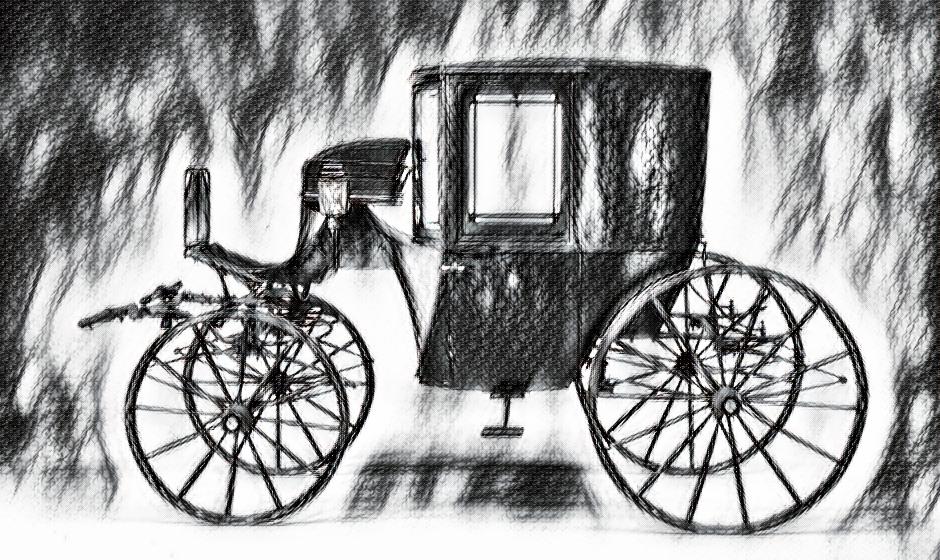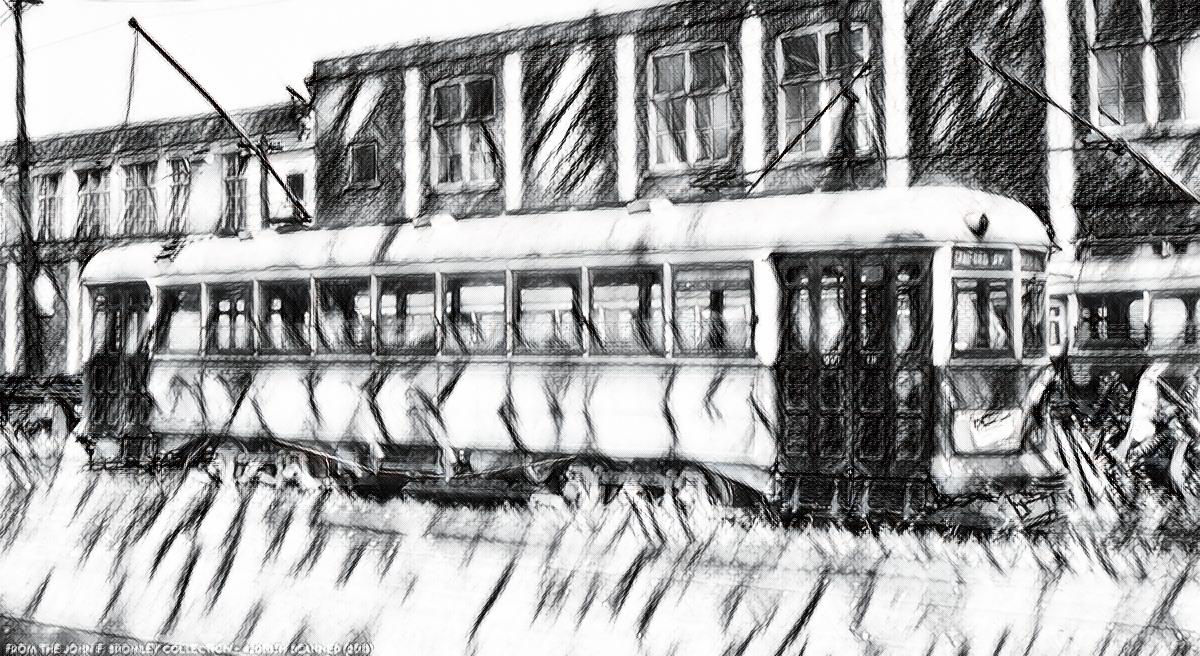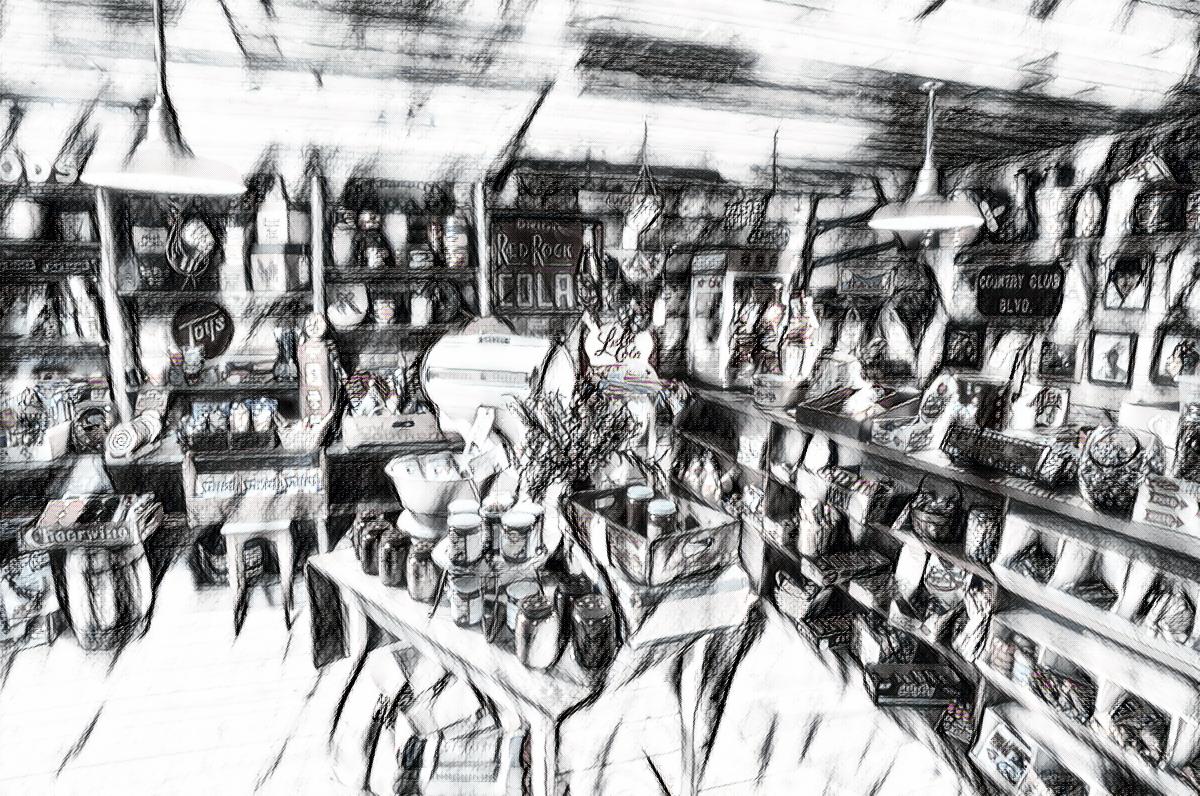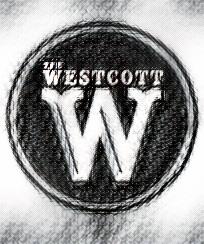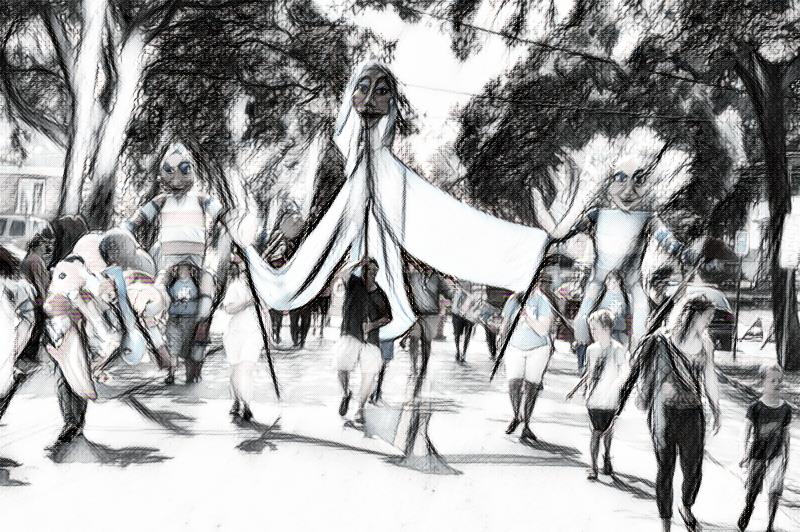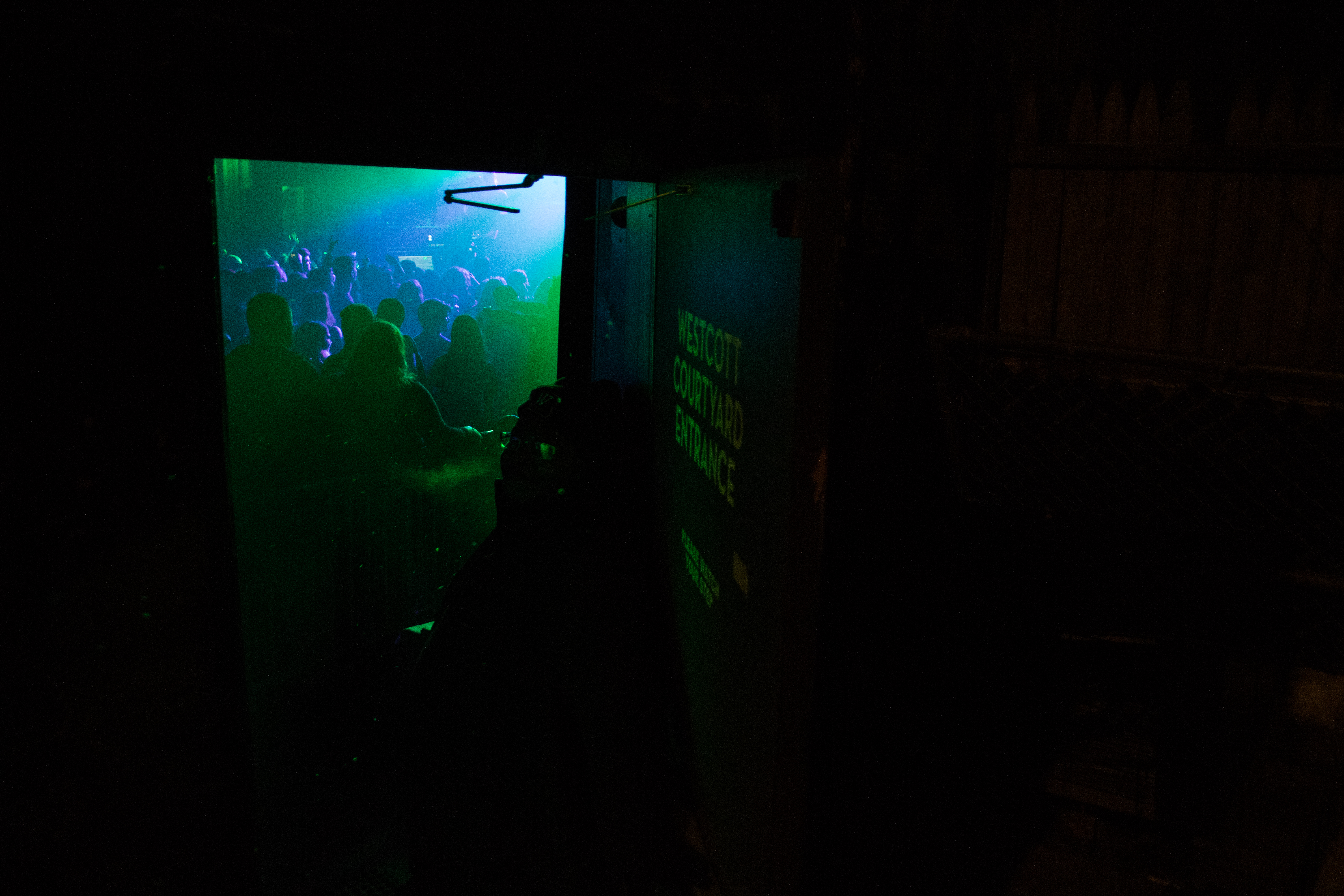By Chris Libonati
Ben Tupper rents to 475 Syracuse students who benefit from his creative spirit and his eagerness to celebrate the neighborhood he grew up in.
At the corner of Euclid and Ackerman avenues, on a cool February afternoon, a New Orleans-style jazz band assembled to play in honor of Mardi Gras. Syracuse University-area landlord Ben Tupper helped assemble the group of musicians as part of an annual celebration Tupper organizes that features music, food, and a lot of tossed beads. Eventually, the crowd formed a “second line” — a trail of marching people who follow behind the walking, playing jazz band — and the group of celebrants marched along Westcott Street. Tupper says a group of about 10 people turned into a group of 40. He threw beads to people, and cars stopped as they marched. “It was a magical 15 minutes of my life,” he says.
Tupper spent time in New Orleans after he graduated from Syracuse University in 1991 and enjoys this annual attempt to export the traditions he loved to his hometown. In fact, he calls the Mardi Gras parade his best memory in the Westcott neighborhood, even though he has years of neighborhood memories to sort through.
He grew up less than a mile from Westcott Street, on Mineola Drive. His grandparents lived in the university neighborhood. His father grew up there. His friends lived near Westcott Street. Now, he owns 70 houses in the neighborhood and rents to about 475 students, which makes him one of the most commercially successful landlords in the area.
In addition to events like the Mardi Gras celebration, he also supports university-centered initiatives such as WAER Public Radio, the Westcott Community Center, the Orange Club, Otto’s Army, and the Mills Rose Garden. He also supports art initiatives like the Red Cup Project, which creates art from the popular drinking container, and Lively-hood, a foundation that supports art and cultural projects in the university neighborhood. Tupper Property Management has invested $12,000 in public art projects, including murals, sculptures, and pop-up art displays. Interested artists can apply for funding for projects directly from his website. Of course, this explains why his properties occasionally feature Banksy-esque art, and imaginative benches and objects often sit on his front lawns.
In his real-estate efforts and in his life, Tupper says he likes to “puts his money where his mouth is.” He drinks bourbon, for example, so he buys ownership and stock in bourbon companies he enjoys. He likes Apple products and buys stock in the tech company. Living close to Westcott Street, he often ate at Beer Belly Deli, a popular Westcott Street gastropub. So he bought ownership in the restaurant. “To me, Westcott Street is the best street in Syracuse for entertainment,” Tupper says. “It’s the kind of energy I find in big cities. It’s like they stole a block or two from New York or they stole a block or two from Baltimore.”
Growing up, Tupper revered teen-angst movies like The Breakfast Club, Ferris Bueller’s Day Off, and Pretty in Pink. He and his friends acted out their own version of those coming-of-age films. He remembers friends stealing electric golf carts from Drumlins Country Club at night and driving them down Westcott. Tupper took his first date to the Acropolis in Westcott, when it still existed. That free-range approach to the neighborhood dominated his childhood, too. He’d visit his grandparents often, who lived at the corner of Maryland Avenue and Clarendon Street. His parents let him roam, picking up candy when he was 6 and 7 years old at the various shops. And he’d see punk rock concerts at the Euclid Community Open House (ECOH), which is now the Westcott Community Center.
Along with the name of ECOH, the neighborhood has changed. The funeral home where his family held his grandfather’s funeral became Taps Bar & Restaurant. Acropolis became a flower shop. And, in another life, Alto Cinco was a hair salon and an Ethiopian restaurant. A five-and-dime store stood in the space Boom Babies occupies now.
But, before Tupper began to invest his time and energy in the blocks of his childhood, he left. When Tupper graduated from SU, his father told him he too could become a landlord. But Tupper says “landlord” is a “dirty word” for a lot of people. He also calls it a “boring, dry, shitty label.” To avoid becoming part of his family’s business, Tupper left Syracuse for Louisiana. Just like his experiences on Westcott, that time shaped him, too. He eventually came back and took over his father’s business, in full, five years ago. His time away contributed to the celebration on Westcott and helped him become a landlord seeking to redefine what that designation means not only to his tenants but also the community.
“I’ve always been a customer on Westcott Street. I’ve always been a passerby on Westcott Street,” Tupper says. “I’ve never had a stake and ownership on Westcott Street.”
In January, that changed, too.
Lauren Monforte and Brandon Roe, the owners of Beer Belly Deli, brought Tupper on as part-owner. Tupper reminded them for several years before that he’d be interested in joining the two. Since he’s joined, Monforte says they plan on overhauling several of the gastropub’s features. Tupper says Beer Belly will add healthier options such as bowls and salads. They also plan to revamp the website, which has become outdated since Roe and Monforte enlisted a friend to create it for free. The restaurant added free wi-fi and a shuffleboard table because Tupper says he loves shuffleboard. And Beer Belly Deli partnered with Untappd, an app that allows users to see which beers a restaurants serves and provides information on those beers.
“He has a lot of creative energy he can pour into the Beer Belly Deli,” his mother says. “Ben is like a connector. He loves to make meaningful contacts with different people, different ideas, and they take form and he gives them his imprint.”
Before buying into Beer Belly, the landlord says he bought about $5,000 in gift cards each year to various restaurants on Westcott Street and gave them out to his tenants. He wanted them to experience the atmosphere he touts as having made a difference in his life. That’s why this past year, the Mardi Gras parade ended at the pub he now partially owns. He was hosting what he calls a “tenant takeover.” Tenants could order any food or drink, and he paid the bill. And for just a little while, his tenants shared the same energy their landlord had devoted a life to collecting and recreating.

